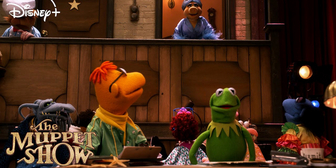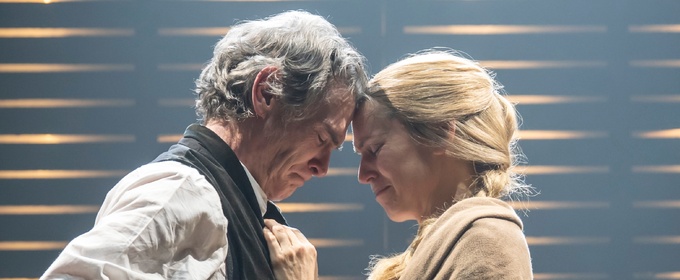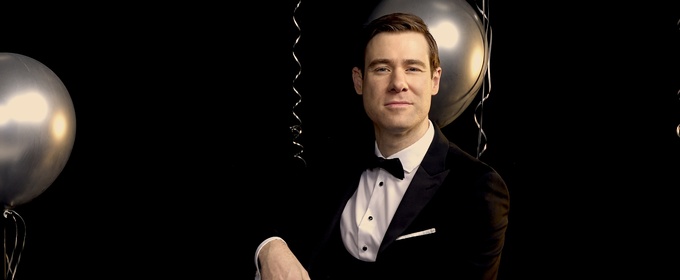Trending Stories
Recommended for You
BEETLEJUICE Will Host Sing-Along Finale at Closing Performance
The show will end its limited 13-week Broadway return engagement at The Palace Theatre on January 3, 2026.
Broadway Grosses: Week Ending 12/28/25 - WICKED Reclaims Top Spot During Holidays
View the latest Broadway Grosses
Recap the Broadway Debuts of 2025
2025's featured Broadway debuts included Christopher Lowell in Cult of Love, Amalia Yoo in John Proctor is the Villain, and more!
Top Off-Broadway Shows for January 2026
Top shows include An Ark with Ian McKellen, The Threepenny Opera with George Abud, Katrina Lenk, and more.
Ticket Central
Industry
West End

Critics’ Choice: Franco Milazzo's Best Theatre Of 2025
"It’s difficult to say at which exact point I noticed that my jaw had dropped and stayed dropped."
"It’s difficult to say at which exact point I noticed that my jaw had dropped and stayed dropped."
New York City

Review: The Legendary Performer Returns with SIDNEY MYER RIDES AGAIN at Pangea
Meyer played a series of sold-out December performances at Pangea’s intimate cabaret room, with the final show on New Year’s Eve
Meyer played a series of sold-out December performances at Pangea’s intimate cabaret room, with the final show on New Year’s Eve
United States

Feature: Doctor by Day/LADY KASSANDRA THE WHITE at Night
Lady Kassandra opens for Tammie Brown at Club Sway
Lady Kassandra opens for Tammie Brown at Club Sway
International

Married Couple Nyoy Volante And Mikkie Bradshaw-Volante To Star In INTO THE WOODS at the Samsung Performing Arts Theater
The married performers will play the Baker and the Baker’s Wife.
The married performers will play the Baker and the Baker’s Wife.



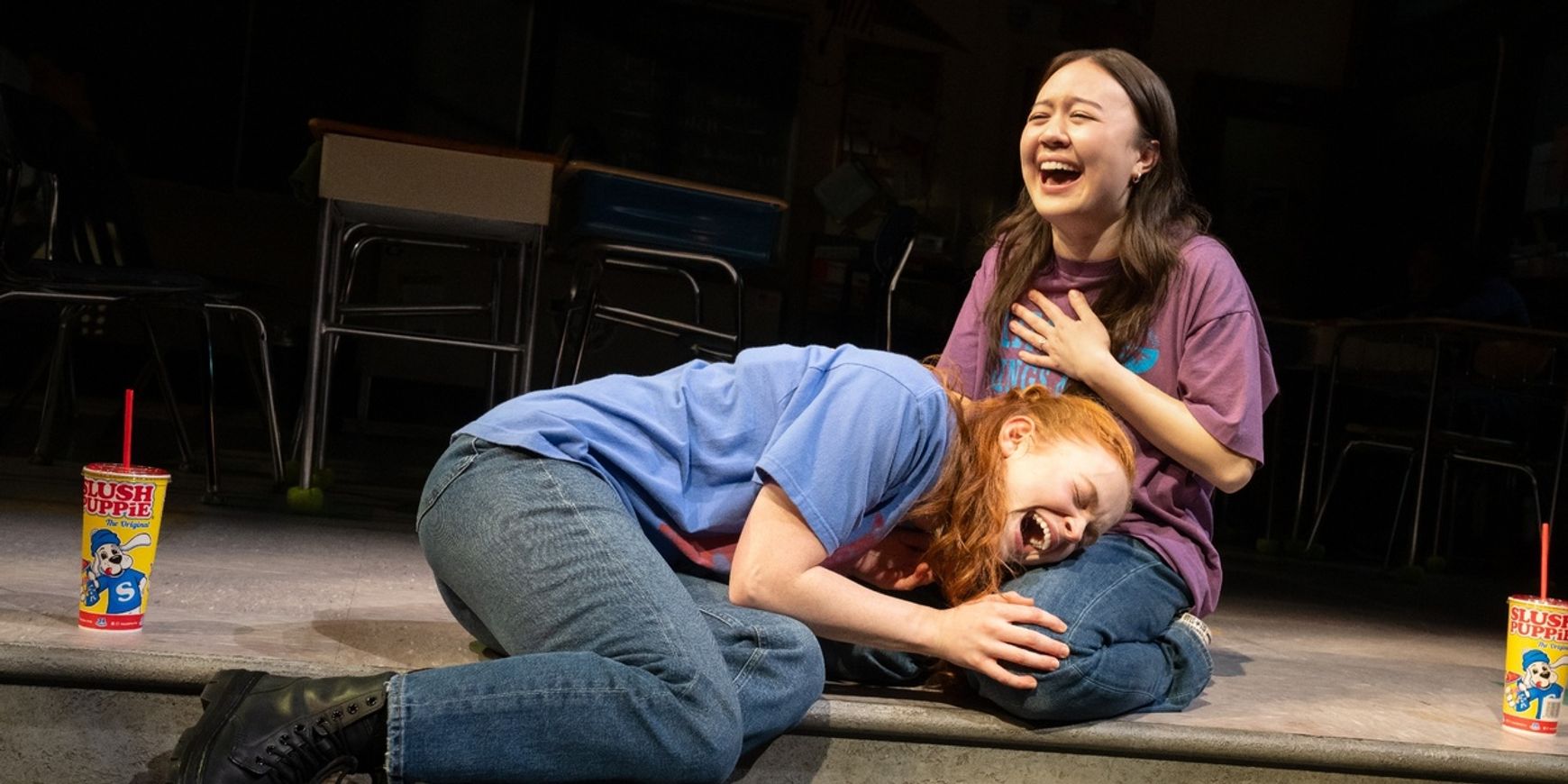













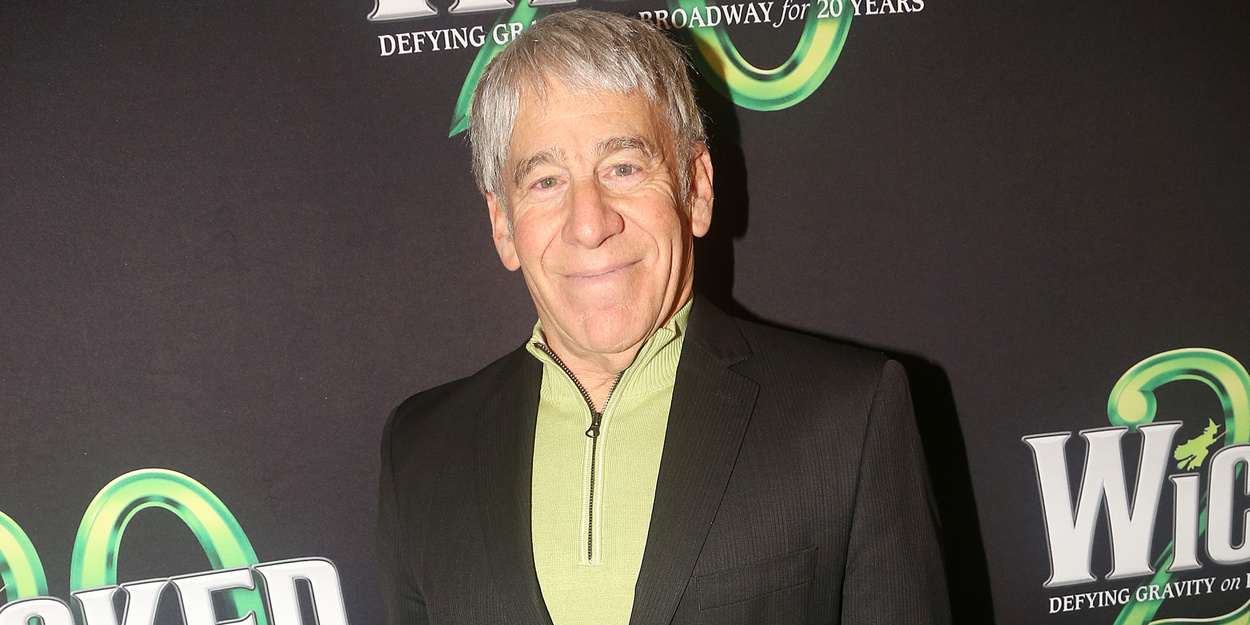
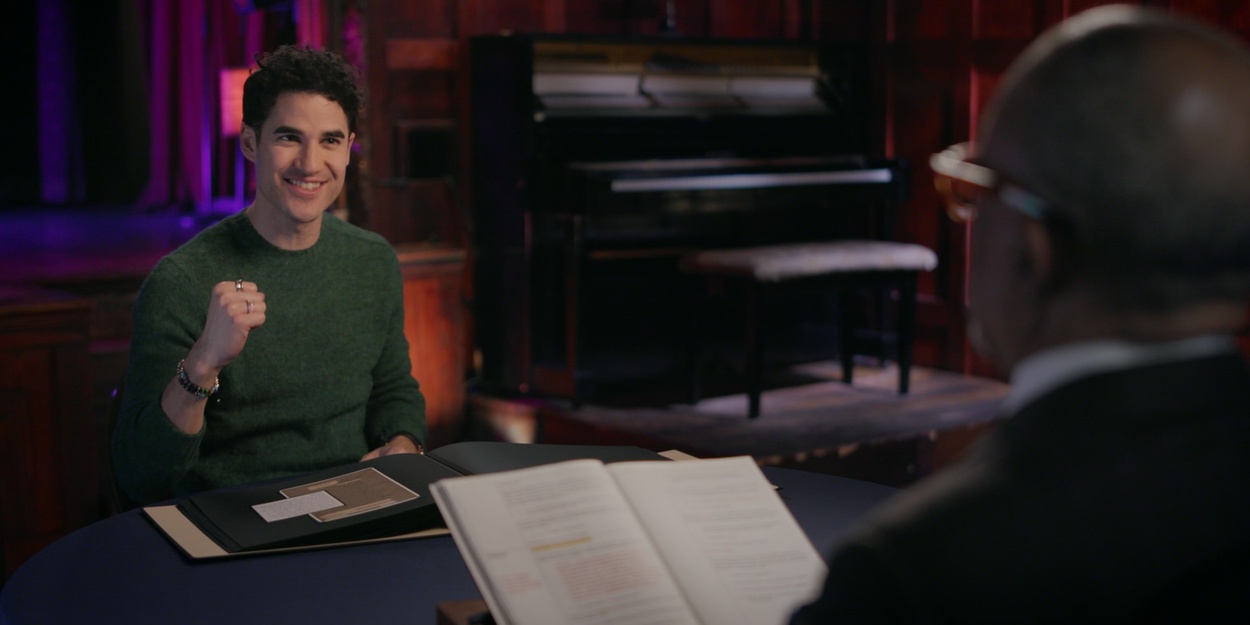

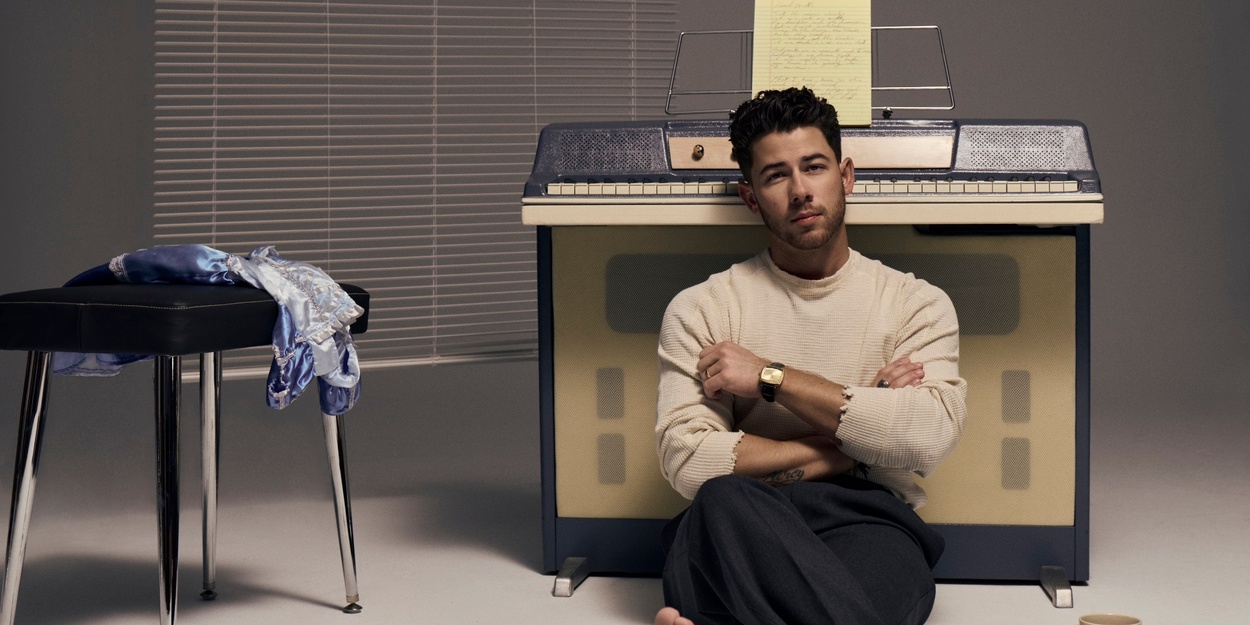
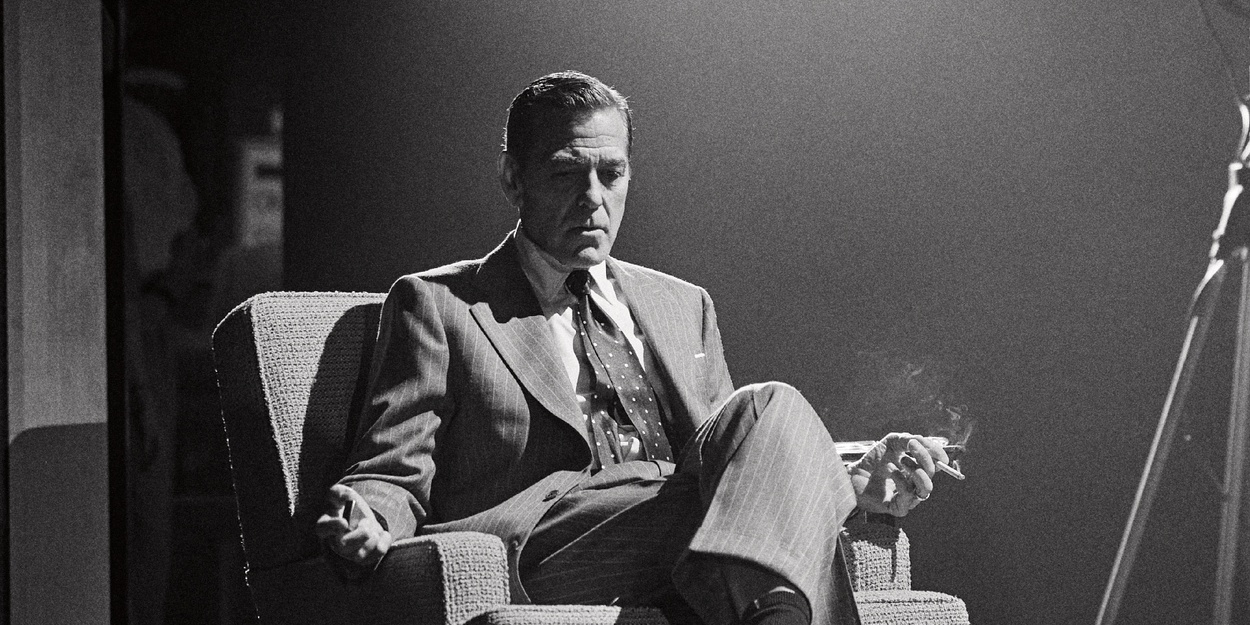
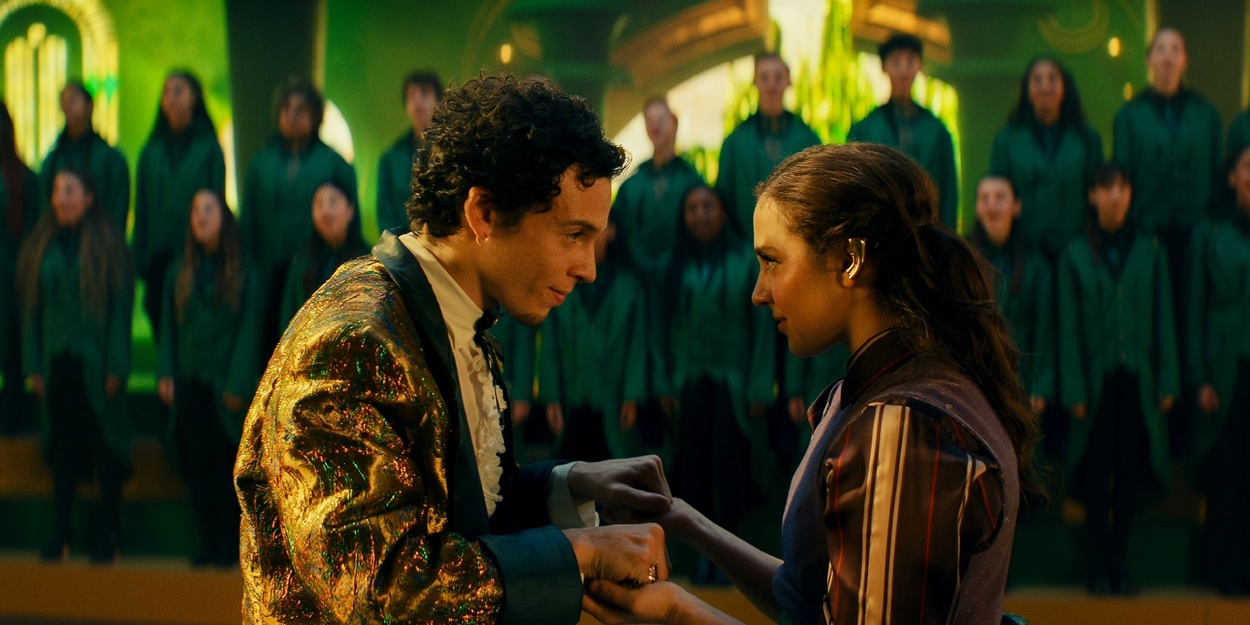



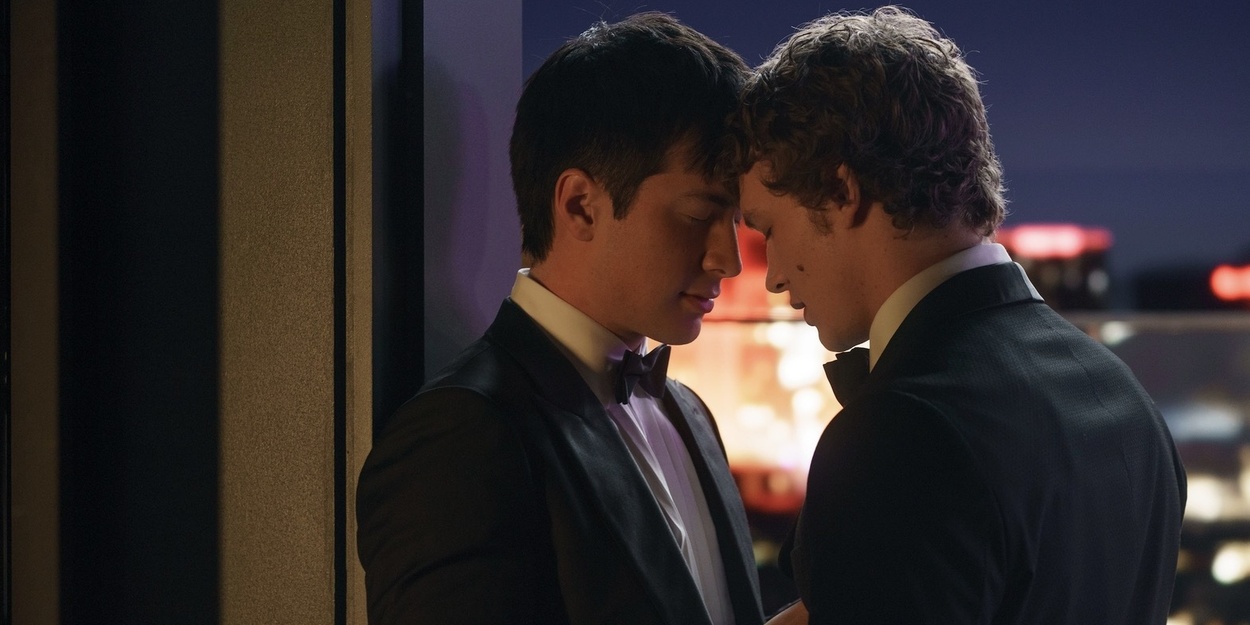

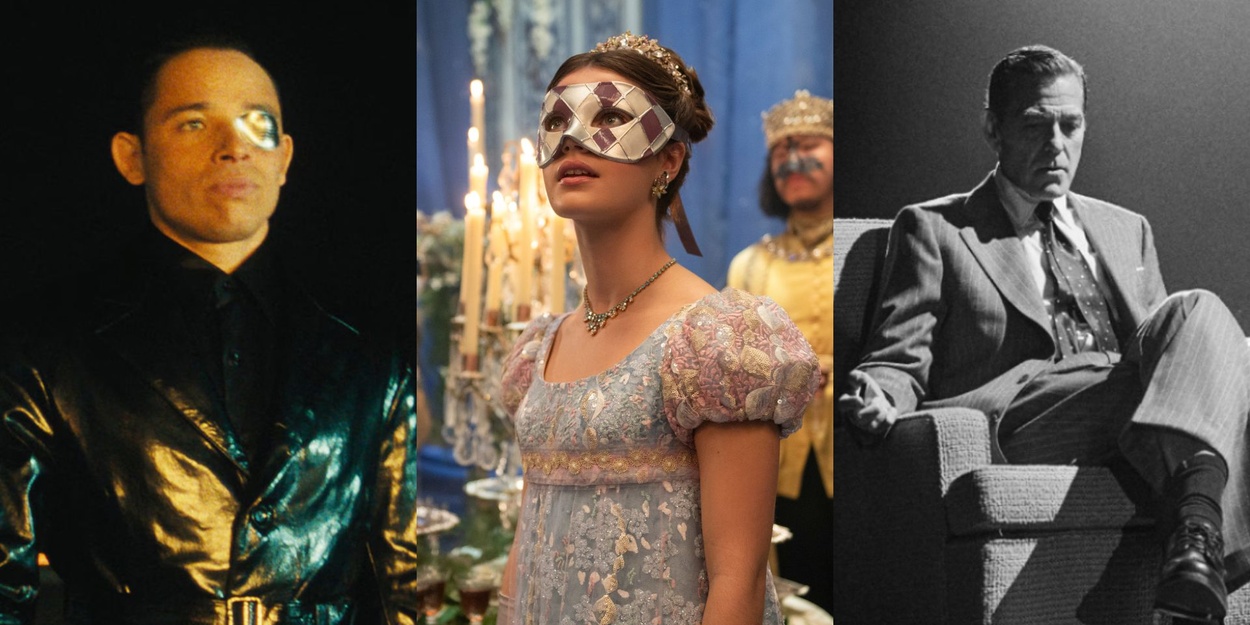
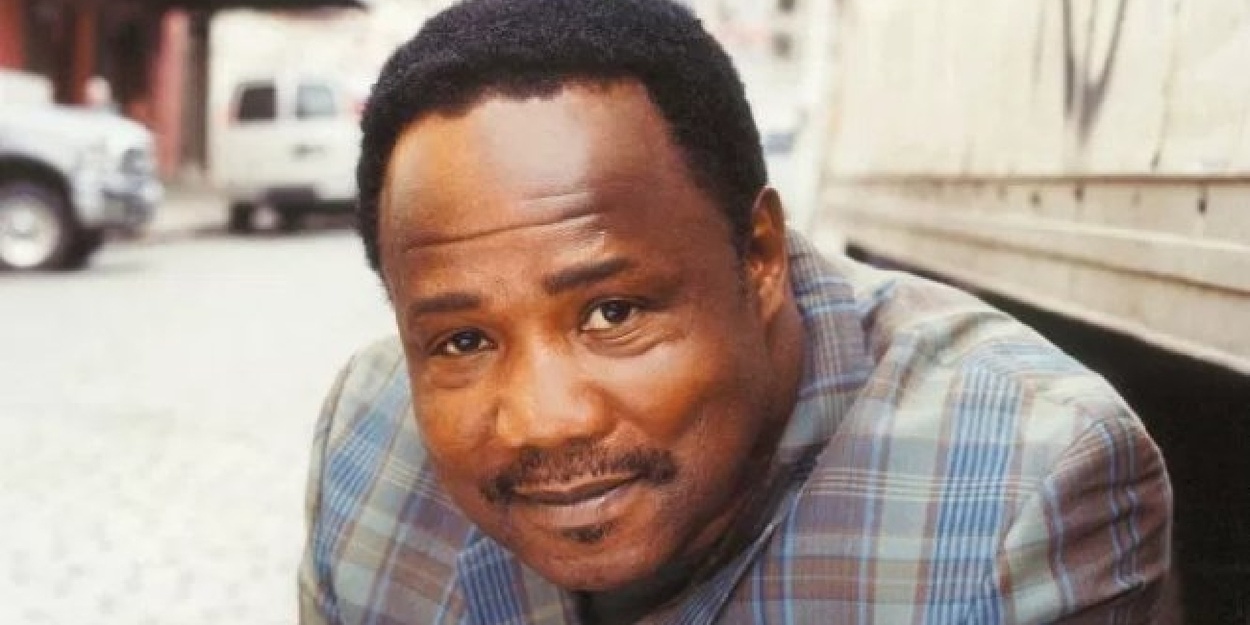
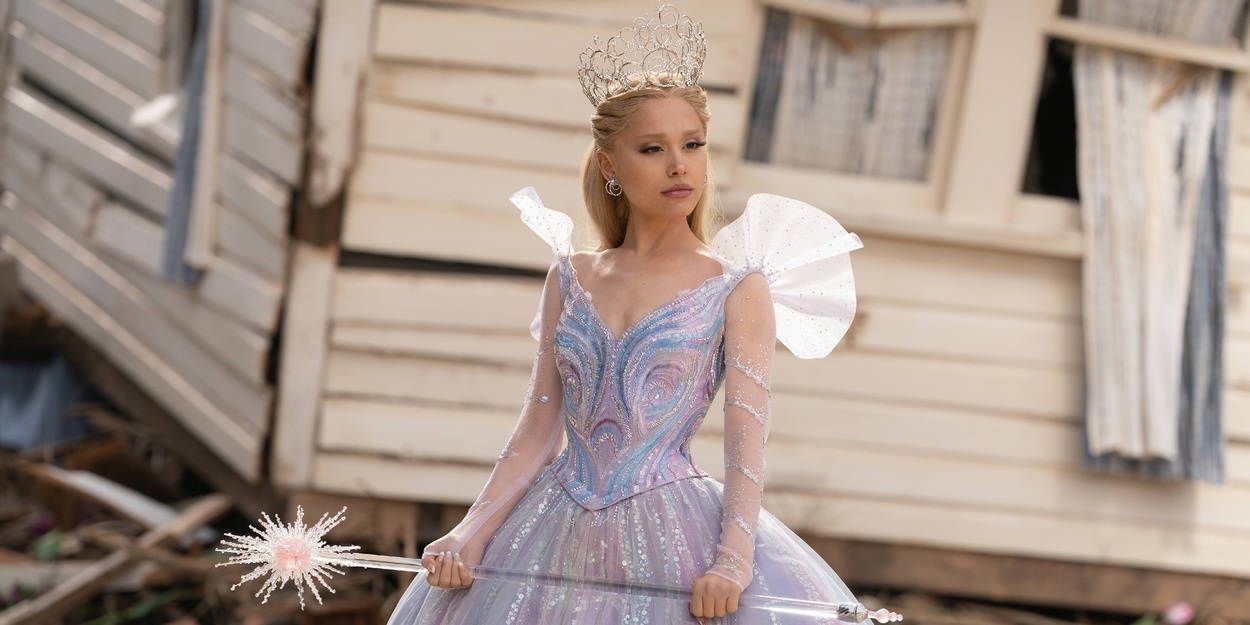



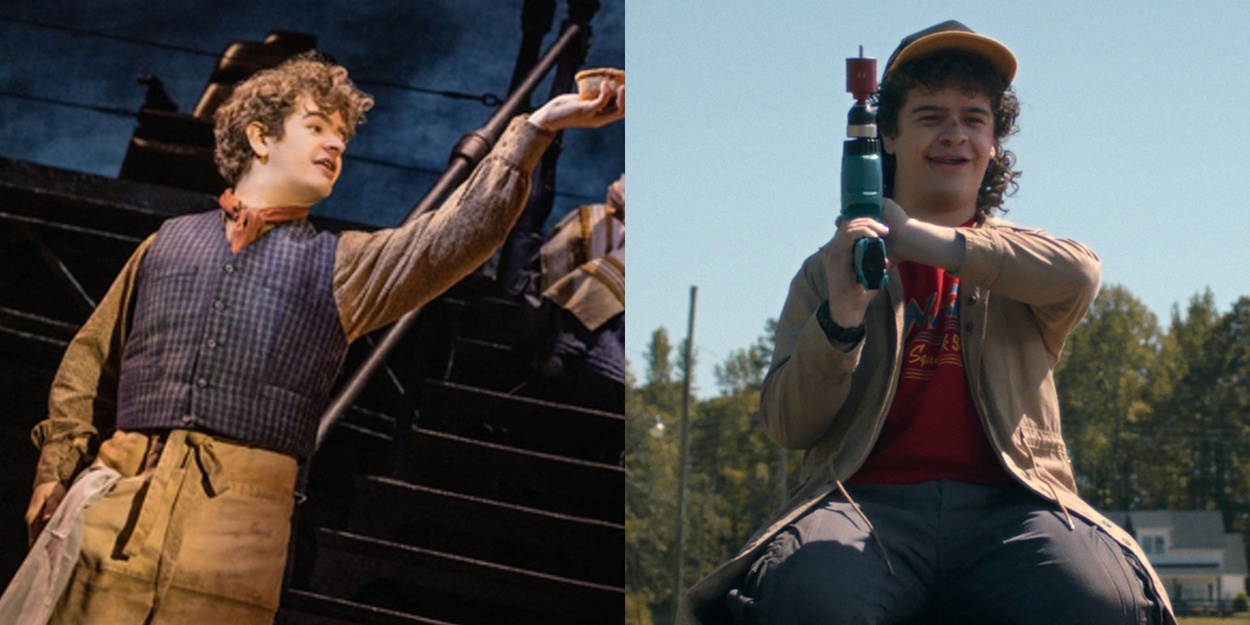

.jpg)










.jpg?format=auto&width=606)











